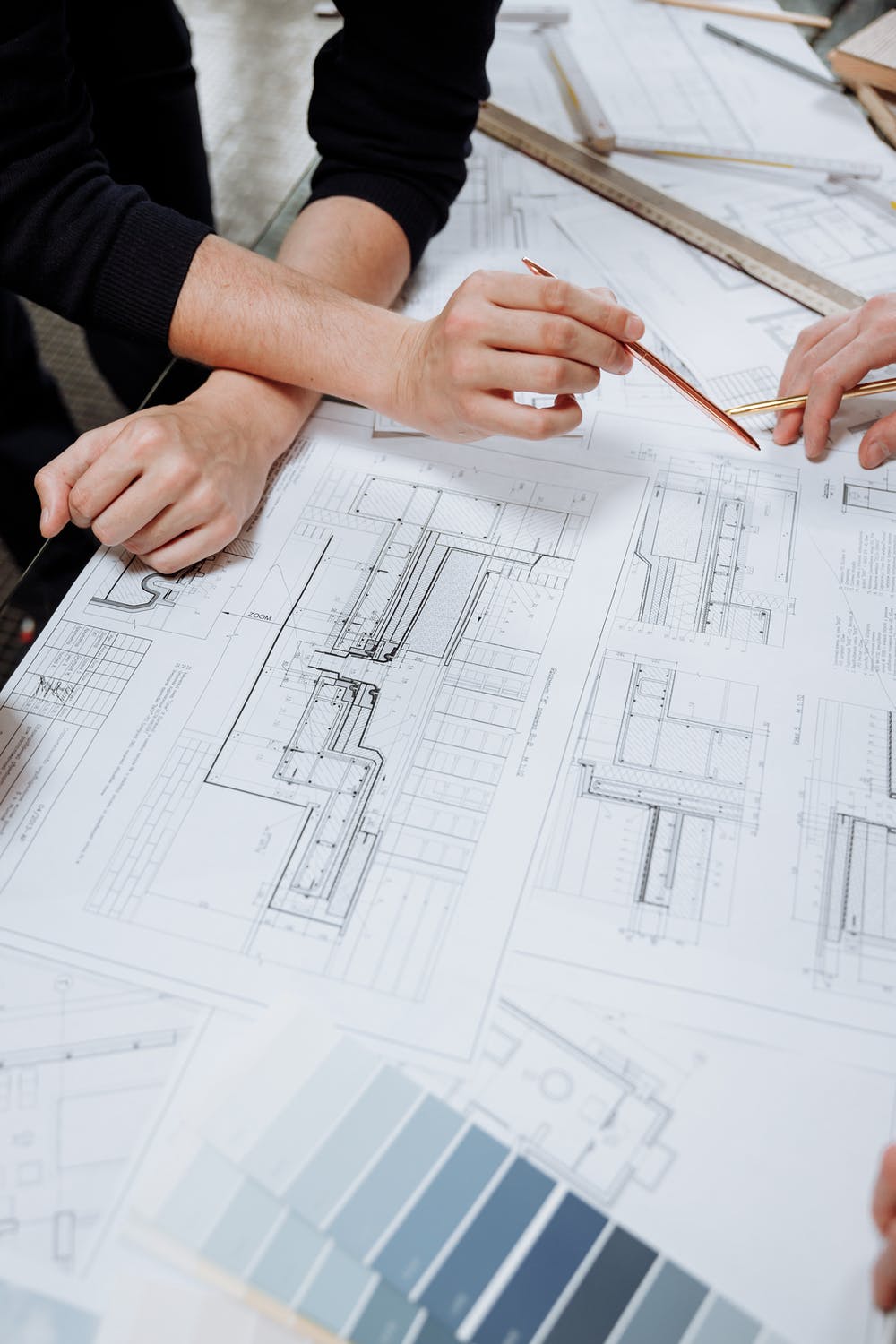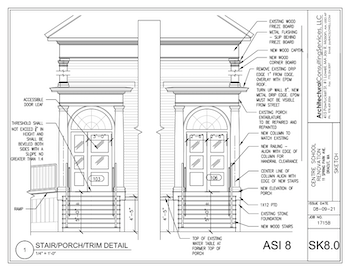INSTITUTIONAL Architect Services for the Merrimack Valley and beyond.
ACS is invested in the community we share. We’re passionate about its’ past, present and future. We’re fascinated with the craft and zeitgeist of older buildings and the people they serve.
We believe that our connection with the past is prelude for the future. We enjoy working with institutional partners- educational, healthcare and worship/religious and the buildings they occupy. We believe bringing innovative and productive solutions to our community partners moves us all forward. Our work can be found outside the 128 beltway in Burlington, Waltham, Lowell , Haverhill, Lawrence and the surrounding communities in the Merrimack Valley as well as Hudson, Marlborough, Ayer, Somerville, Medford, Melrose and other communities along the Route 93 corridor.
Our Process

Schematic Design (SD)
To begin, ACS will meet with your team to learn about goals. We also want to learn about you- what is it that moves your idea forward and needs to make change?
We research your history and the associated conceptual issues for the project. Next, we engage in a feasibility study. We review your budget and building program and test them against our experience. The challenges of zoning, planning, conservation or historical standards and requirements are investigated to identify and eliminate potential roadblocks. Phone/face-face meetings are called, as needed. Once the team is comfortable that we are looking at a feasible project, ACS formally documents the existing conditions (renovation) and creates the conceptual framework for the first design phase. Our design team develops and finalizes the necessary steps and a meeting is arranged to present to the client team. A client approval is required before we advance to the next phase. This check step ensures all parties are on the same page.
Design Development (DD)
The conclusion of Schematic Design establishes the basic design concept. It sets the stage and direction of the project components, their adjacencies, massing, fenestration, orientation and a concept for circulation through and between each component space.
Design Development takes a deeper design dive into the project and looks more closely at the detail descriptions of all design components and spaces. Building systems such as mechanical, electrical, plumbing and fire protection are introduced and integrated into the project. Materials and finishes are also flushed out and become part of the picture. A construction estimate is taken to verify the project scope meets the budget. A meeting(s) is held to review the DD outcome with the client team. Feedback from the DD meeting is incorporated and a presentation can now be convened for user groups or stakeholders. An approval is required before we advance to the next phase.


Construction Documents (CD)
The Design Development phase drawings are the completion of the design work but only the beginning of the phase where the design is translated into a build-able set of documents. This Phase is called Construction Documents.
CD’s quantify and specify the many detailed components, assemblies and systems which comprise the final result. Proper notation, description, and dimensioning of these items give the building team the proper foundation to price and build the project. A carefully constructed set of construction documents is critical for ensuring a high-quality construction result and keeping the project budget on a stable footing. A second estimate is recommended at 50% CD; and the work of sub-consultants (mechanical/electrical/plumbing/fire protection) is finalized and integrated into the documents. Finally, specifications are assembled, and a meeting is held to hand off work to the Owner team.
Bidding/Negotiating (B/N)
Bidding allows the Owner team to obtain multiple bids for the project, which helps them hit their financial targets as well as interview various General Contractors to get the best fit for the project.
ACS can help distribute the documents, efficiently answer questions, and evaluate bidder strengths and weaknesses. We can also provide a list of General Contractors for the Owner’s review. Once bidders are identified, ACS distributes the plans and coordinates responses to their questions. Next, we conduct a walk-thru which allows the bidders to see the site and ask questions face to face. A meeting is next held to open and discuss the bids. Following the collection of bids, we help evaluate and negotiate the bid price and select the best fit for the Owner.


Construction Administration (CA)
The bidding phase concludes with the selection of a general contractor for the project. A contract is assembled and the CA starts with a kick-off meeting.
ACS has designed over 270 projects in the 18 years we’ve been in operation. We’ve seen many different ways to handle Commercial CA. We believe the goal of CA is to enhance communication between parties and improve the execution process while keeping the focus of the work on maintaining the best possible outcome for the client. The process allows an effective balance of communication between the owner, the GC, and the architect. Affidavits are prepared (initial and final) for ACS and any sub-consultant on the job. Requests for information are responded to, architectural supplemental instructions are assembled, submittals and shop drawings are reviewed and change orders are executed. Field meetings, minutes, and reports are prepared, and ongoing construction-related business is taken up and resolved. Pay applications are reviewed, and a punch list is managed. The final close-out documents required of the GC are supervised and managed by ACS.
Interested in working with us?
